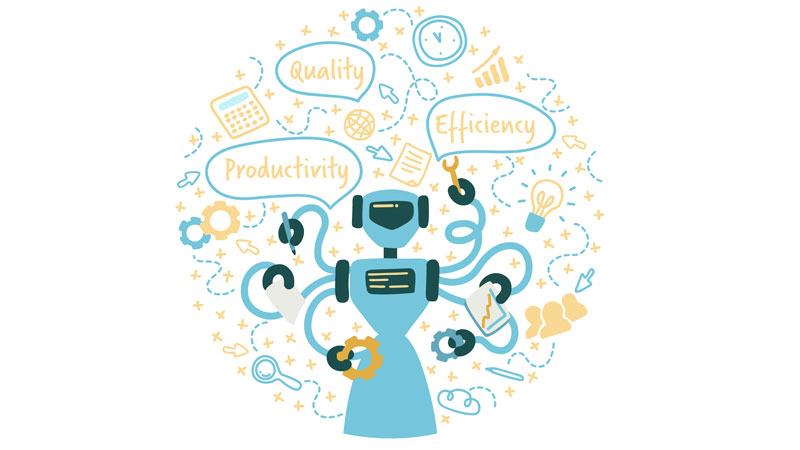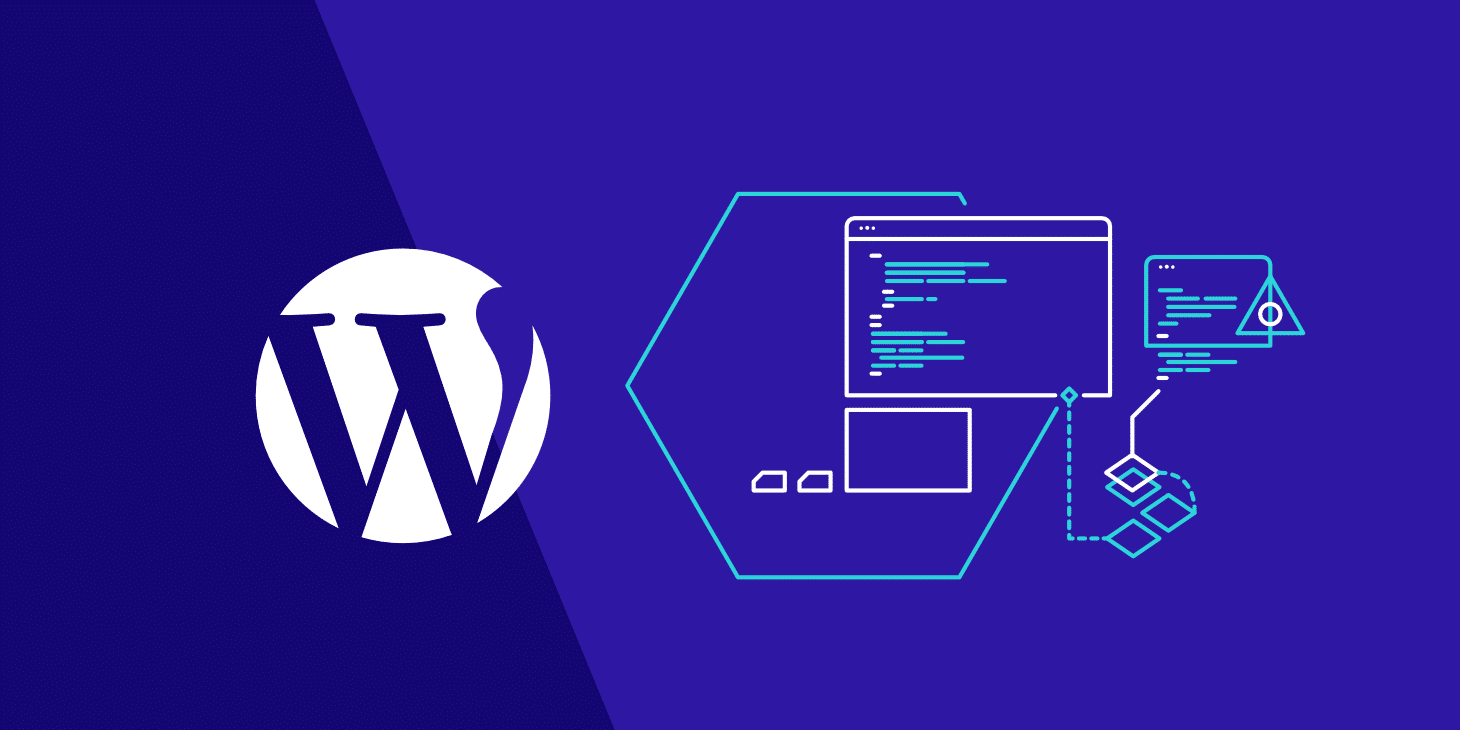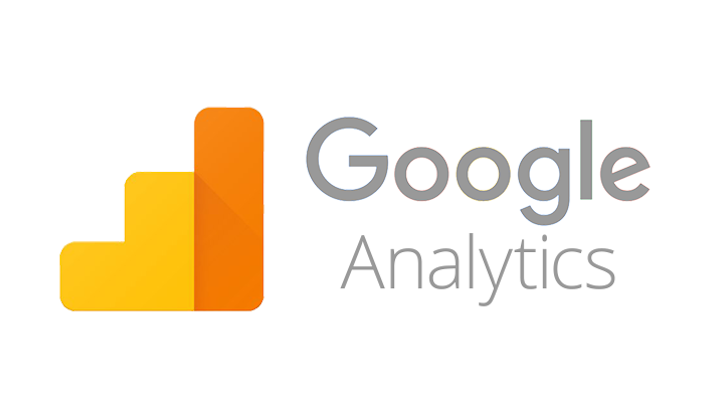
When companies prioritize their digital transformation initiatives, modernizing IT support might not be at the top of the list. But there’s nothing that creates a bigger drain on employee productivity and ultimately impacts business outcomes more than a disruption in an employee’s critical work activities, compounded by an unsatisfactory interaction with IT support and service desks.
The traditional, non-standardized service desk is facing a variety of challenges. Digital solutions are increasing across the entire IT landscape, introducing extensive change and escalating requests for support. When service desks themselves move from manual to digital processes, they will need more skilled expertise (which many enterprises lack), along with a disciplined approach to understanding how to apply and introduce automation – tasks made more difficult by constrained budgets.
Meanwhile, the nature of workforce support is changing in today’s gig economy as companies rely more on contractors who expect an intuitive and agile experience when dealing with the service desk – and as expectations among all employees for superior customer service continue to rise. People want personalization. They want to connect on their own terms, whether that’s getting proactive guidance from a virtual agent, talking to a smart bot, choosing self-service from a system that anticipates their needs, connecting to a human agent, or receiving face-to-face support. And they want their problem resolved quickly and painlessly – ideally without even having to ask for help.

Forward-thinking companies are increasingly moving to digital service desks that take advantage of AI, machine learning and advanced data analytics to more efficiently and effectively respond to the expectations of today’s workers. Moving to a modern service desk also lays the groundwork for a future in which the service desk proactively detects and fixes problems before they occur, without the employee even knowing about it. And eventually, the service desk will become more like a personal digital assistant, anticipating employee actions and automating low-level functions through technologies like robotic process automation (RPA).
Of course, companies can’t accomplish these goals all at once. The preferred method of transforming the service desk is to take a phased approach that provides quick wins and builds a solid foundation for next steps.
Characteristics of a digital service desk

Here are the three phases of a good digital IT service desk journey:
- Reactive: In this phase, companies take advantage of embedded analytics, AI and machine learning to provide a self-service experience that is intuitive and simple to use, while at the same time is contextually aware and adapts dynamically to the employee’s environment. On the backend, unified support is unified across IT, HR and facilities functions to provide an end-to-end channel that is engaging and fast. An always-on virtual agent or service bot offers an “on demand” dedicated support agent that can converse in natural language to help employees instantly. The agent is plugged into the company’s knowledge bases and ITSM system.
- Proactive and predictive: Captured analytics from the employee device provides data that enables machine learning and AI tools to identify issues that are likely to crop up. The system then automatically takes action to resolve the issue. This smart support detects and proactively prevents disruptions before they occur, keeping employees productive and lightening the load on the service desk.
- Digital assistant: The final step would be an advanced use of analytics, AI and RPA to understand an employee’s work routine and orchestrate actions on that employee’s behalf. Taking mundane tasks off an employee’s plate gives them more time to be amazing by focusing on what they do best to benefit the business.
There are many benefits associated with transforming the traditional service desk:
- Providing exceptional customer service in a support desk context is a cornerstone to empowering workers, making employees feel more engaged and valued.
- The use of automation, AI and self-service channels frees up support staff for higher level activities and helps the IT department control service desk costs.
- Finally, business outcomes are improved because employees are operating at peak efficiency.
Digital support desks enable enterprises to deliver new levels of employee experience, optimize support and establish a competitive edge – everything today’s enterprises demand.






